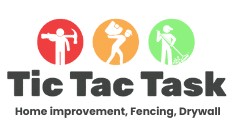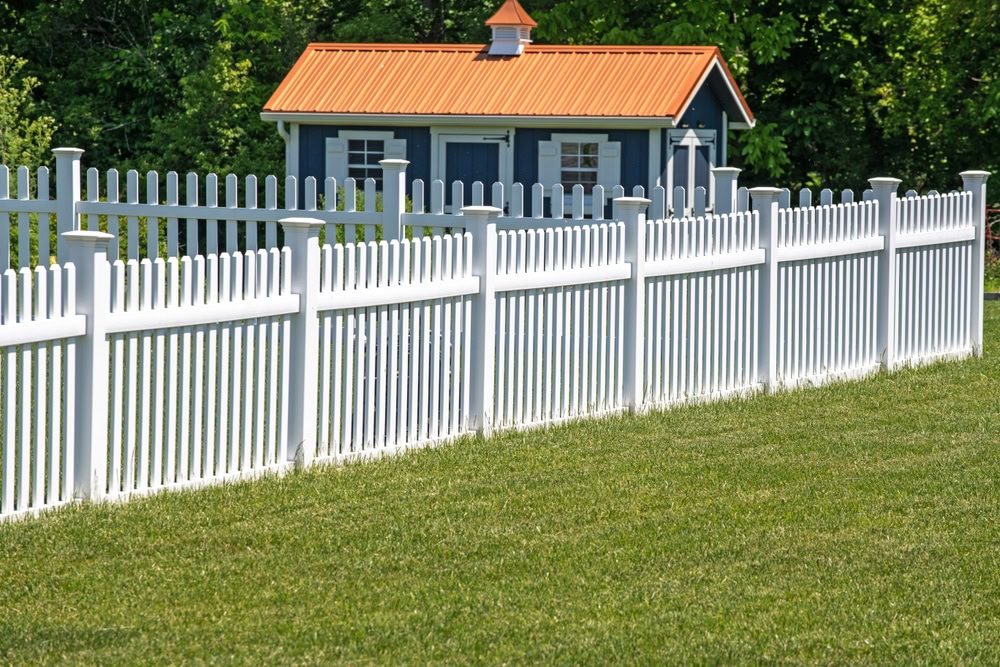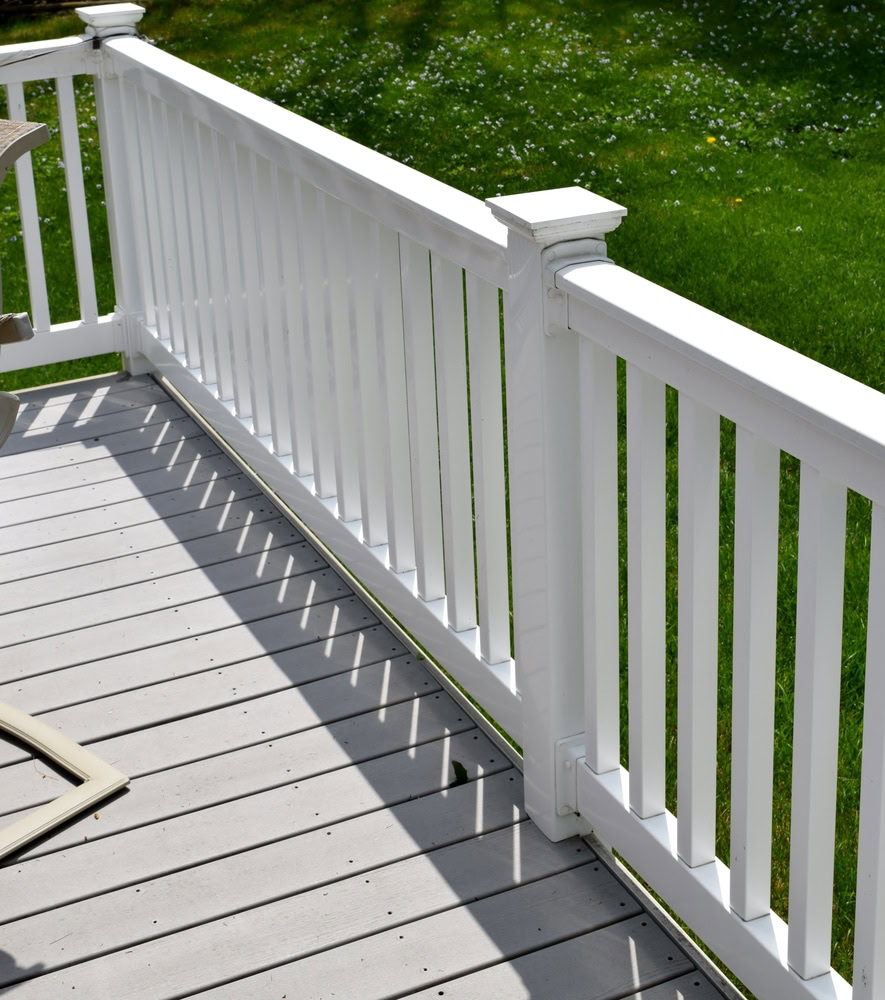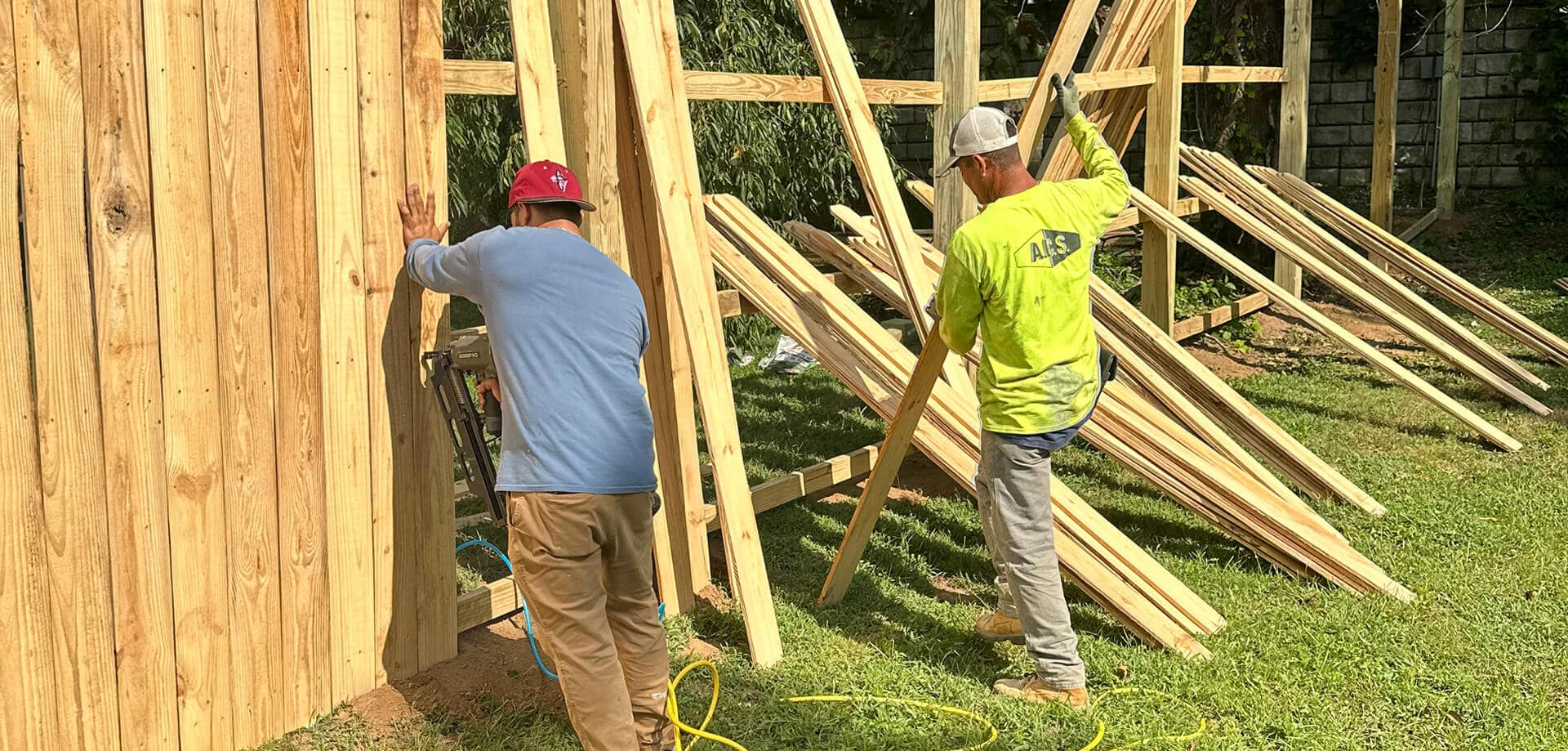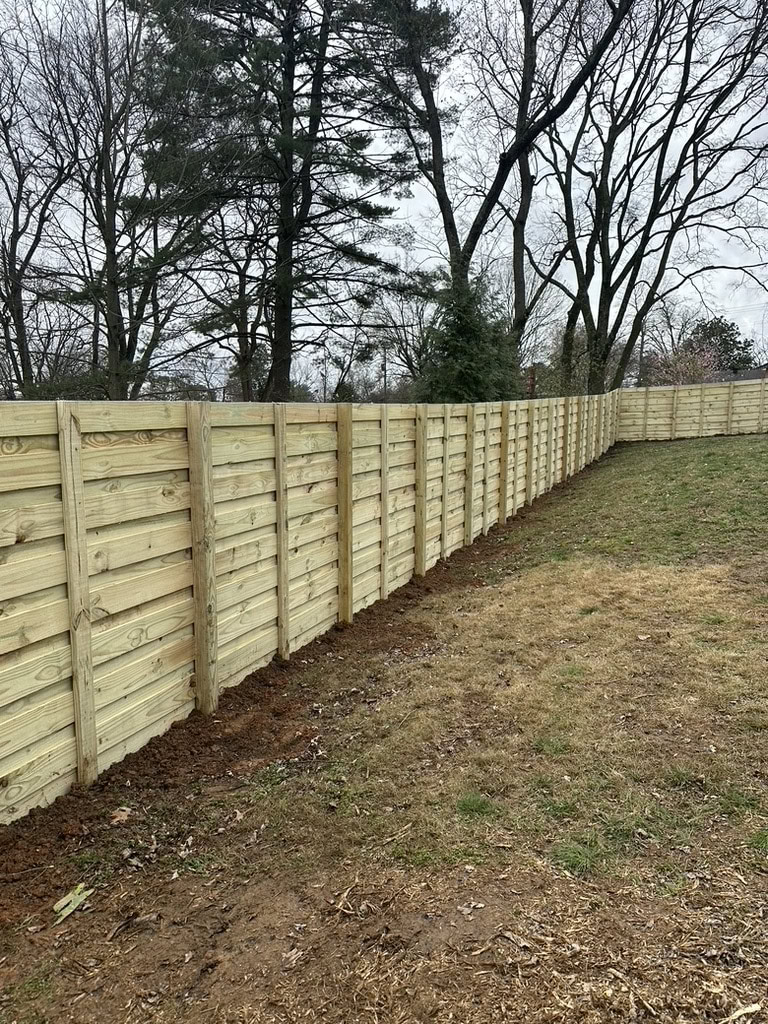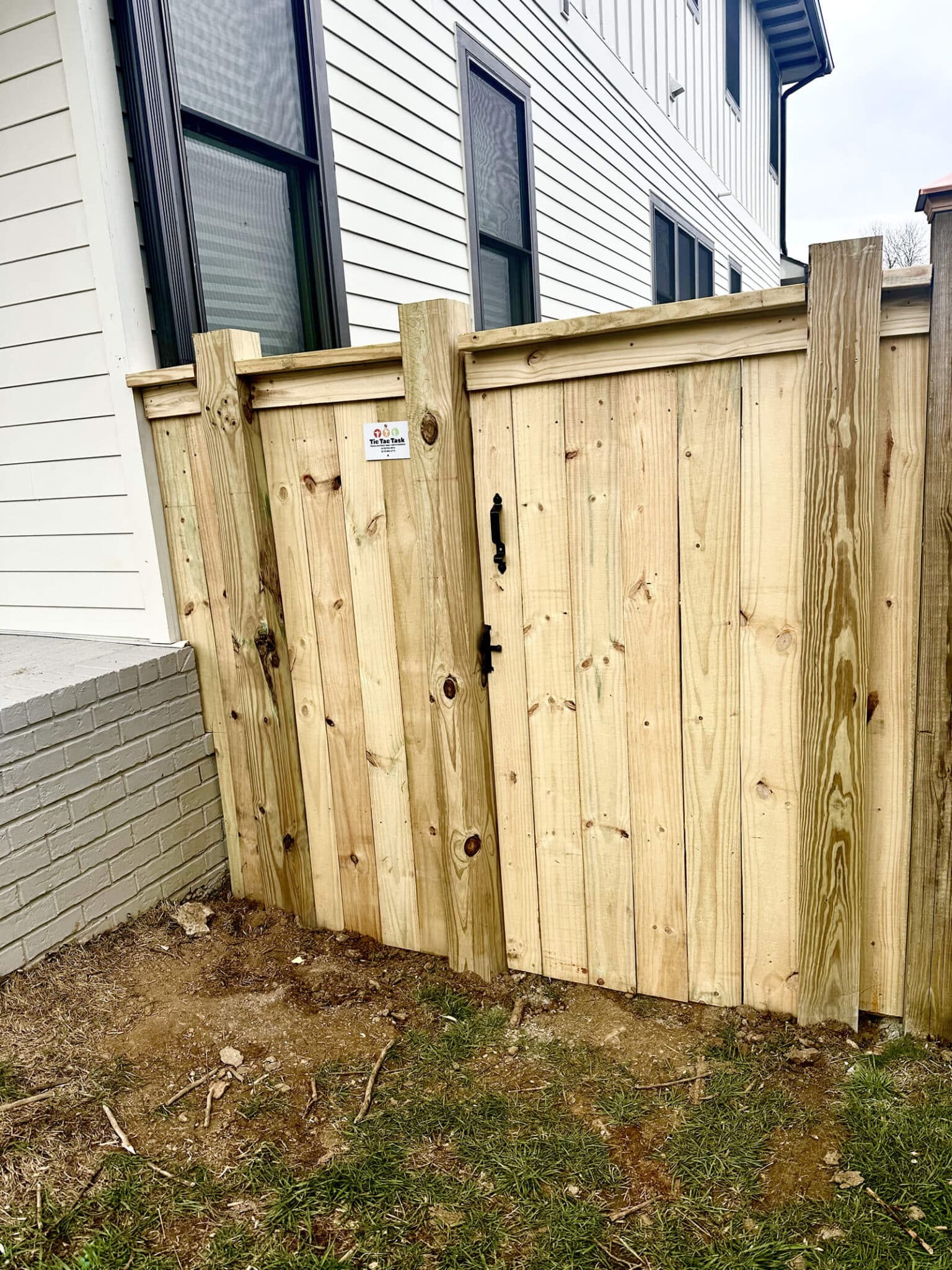Summary:
Planning Your Fence Layout and Design
Before you touch a shovel or call a contractor, you need a clear plan. Walk your property lines with a measuring tape and really think about what you want this fence to accomplish. Are you blocking a specific view, containing pets, or creating defined spaces in your yard?
Sketch out your fence line on paper or use your phone to mark potential post locations. This isn’t about being perfect, but about catching potential problems early. You might discover that your ideal fence line runs right through your favorite tree or creates an awkward corner that’ll be expensive to navigate.
Understanding Property Lines and Setback Requirements
Nothing kills a fence project faster than building on the wrong property. In Tennessee, property line disputes are more common than you’d think, especially in older neighborhoods where original surveys might be unclear or missing entirely.
Start by locating your property survey. If you don’t have one, check with your county recorder’s office or the title company from when you bought your home. Most surveys are recorded and available for a small fee. Don’t rely on existing fences or landscaping to mark your boundaries. That old chain link fence might be two feet onto your neighbor’s property, and building your new fence based on it could create legal headaches.
Tennessee municipalities have different setback requirements, meaning your fence might need to be a certain distance from your actual property line. Some areas require fences to be set back three feet from the property line, while others allow you to build right up to it. Call your local building department to understand the rules in your area. It’s a five-minute phone call that could save you from having to move an entire fence section later.
If you’re in a neighborhood with a homeowners association, check those rules too. Many HOAs have specific requirements about fence height, materials, and even color. Getting approval upfront is much easier than dealing with violation notices after your fence is installed.
Measuring and Marking Your Fence Line
Nothing kills a fence project faster than building on the wrong property. In Tennessee, property line disputes are more common than you’d think, especially in older neighborhoods where original surveys might be unclear or missing entirely.
Start by locating your property survey. If you don’t have one, check with your county recorder’s office or the title company from when you bought your home. Most surveys are recorded and available for a small fee. Don’t rely on existing fences or landscaping to mark your boundaries. That old chain link fence might be two feet onto your neighbor’s property, and building your new fence based on it could create legal headaches.
Tennessee municipalities have different setback requirements, meaning your fence might need to be a certain distance from your actual property line. Some areas require fences to be set back three feet from the property line, while others allow you to build right up to it. Call your local building department to understand the rules in your area. It’s a five-minute phone call that could save you from having to move an entire fence section later.
If you’re in a neighborhood with a homeowners association, check those rules too. Many HOAs have specific requirements about fence height, materials, and even color. Getting approval upfront is much easier than dealing with violation notices after your fence is installed.
Preparing Your Yard for Fence Installation
With your layout planned, it’s time to get your yard ready for the actual installation. This phase is where good preparation really pays off. The goal is to make the installation process as smooth as possible while protecting your existing landscaping and avoiding costly surprises.
Start by calling 811 or visiting Tennessee’s Call Before You Dig website to have your utility lines marked. This is free, required by law, and could literally save your life. Even if you think you know where your utilities are, call anyway. Underground lines don’t always run where you’d expect them to.
Clearing and Cleaning Your Fence Line
Once your utilities are marked, clear everything from your planned fence line. Remove any plants, decorations, or obstacles that might interfere with the installation. If you have plants you want to keep, now’s the time to transplant them to a safe location.
Be realistic about what you can save. That rose bush might be beautiful, but if it’s directly in your fence line, it needs to move or go. Trying to work around existing landscaping usually results in a compromised fence installation and often kills the plants anyway due to root damage during post installation.
Clear at least three feet on either side of your fence line. Fence contractors need room to work, and cramped conditions lead to mistakes and delays. If you have sprinkler heads in the area, mark them clearly or consider having them relocated before installation begins.
Remove any old fencing materials completely. Don’t assume your fence contractor will handle this unless you’ve specifically arranged for it. Old concrete footings can be particularly problematic if they’re not completely removed. They can interfere with new post placement and create weak spots in your new fence line.
Soil Preparation and Drainage Considerations
Tennessee’s clay-heavy soil can be challenging for fence installation, especially during wet periods. If your installation is planned for spring or during a rainy season, consider the impact on your yard. Heavy equipment and foot traffic can create lasting damage to wet soil.
Test your soil drainage by digging a small hole about 12 inches deep along your fence line and filling it with water. If the water doesn’t drain within 24 hours, you may have drainage issues that need to be addressed before installation. Poor drainage can lead to fence posts shifting over time and can make the installation process much more difficult.
Consider the impact of your new fence on your yard’s existing drainage patterns. Solid privacy fences can redirect water flow and create problems in areas that never had standing water before. If your yard has any slope, think about how water will move along your fence line during heavy rains.
Mark any areas where the ground is particularly soft or where you know there are underground obstacles. If you have an old septic system, buried stumps, or areas where utilities run close to the surface, make sure your fence contractor knows about these before they start digging. It’s much easier to plan around obstacles than to deal with them after post holes are half-dug.
Getting Your Fence Project Started Right
Proper yard preparation sets the foundation for a fence that’ll serve your property well for decades. Take the time to plan your layout carefully, understand your local requirements, and prepare your yard thoroughly. These steps might seem tedious, but they prevent the kind of problems that turn a straightforward fence installation into a costly headache.
Remember that good preparation makes everyone’s job easier, from your fence contractor to your future self when you’re enjoying your new fence. When you’re ready to move forward with your fence installation, we can help guide you through the process and ensure your project is completed professionally and efficiently.
